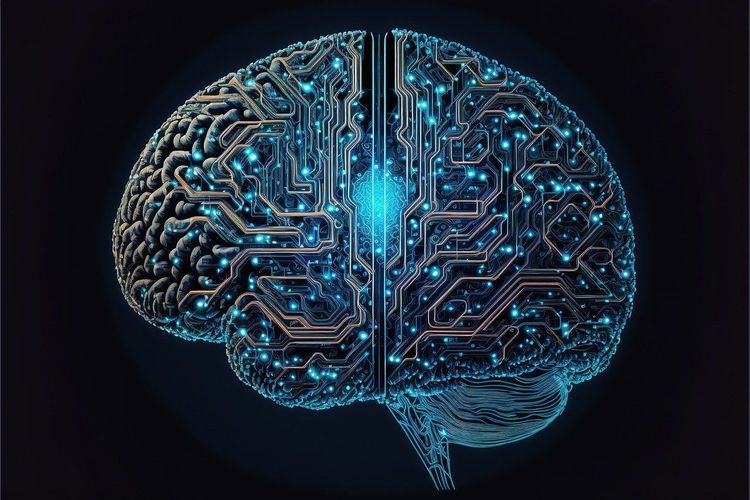The Impact of APIs on the Digital Landscape and the Challenges of AI Regulation
Application Programming Interfaces (APIs) are the backbone of today’s digital world, driving the functionality of websites, mobile applications, and Internet of Things (IoT) devices. As the internet becomes increasingly integrated into daily life across the globe, APIs empower users to access a wide range of functionalities. This shift is known as the “API economy,” which is projected to reach a staggering market value of $14.2 trillion by 2027.
The growing significance of APIs has attracted attention from various regulatory bodies. Standards are being established by organizations such as IEEE and W3C to define the technical capabilities and limitations that underpin internet technology. Additionally, international standards like ISO27001 and GDPR address essential aspects of security and data privacy, laying a foundational framework for API-related operations.
However, the integration of Artificial Intelligence (AI) adds a layer of complexity to these regulations.
How AI Integration is Transforming the API Landscape
Innovative AI companies are leveraging API technology to make their products accessible in homes and workplaces. A notable example is OpenAI's early release of its API, a feat unimaginable just two decades ago when both APIs and AI were still maturing.
AI-driven code generation or collaboration has rapidly become standard practice in software development, particularly in API creation and deployment. Tools like GitHub Copilot and ChatGPT are capable of automatically generating code to interface with APIs, often shaping the methods and patterns used by software engineers, sometimes even without a profound understanding of the underlying technology.
Companies such as Superface and Blobr are also pushing the boundaries of API integration, enabling AI to communicate with APIs conversationally, much like interacting with a chatbot.
While various forms of AI have existed for some time, generative AI (GenAI) and large language models (LLMs) have significantly altered the risk landscape. GenAI can creatively produce an infinite array of outputs, leading to challenges regarding human oversight and potential loss of control in the event of developing artificial general intelligence (AGI).
This paradigm raises crucial questions about what regulations are needed and who should be held accountable for incidents involving AI.
What Aspects of AI Are Being Regulated?
Regulatory initiatives are likely to focus first on areas where AI actions are influenced by human intention. Key concerns include misinformation, cybersecurity, copyright issues, and other related challenges. Among the most comprehensive regulations is the EU AI Act.
It is important to note that the focus of regulation is not strictly on the AI itself but on how individuals and organizations utilize AI technologies, their intent behind this usage, and its alignment with societal benefits.
In contrast to the burgeoning regulations within the API sector, many “human-controlled AI” regulations are anticipated to connect closely to overarching data privacy concerns, especially within banking and finance.
However, one of the most complex challenges will be regulating the AI systems themselves. Regardless of whether a given AI instance can be classified as true AGI, the creative capabilities tied to APIs allow for far-reaching implications.
Exploring Problem Scenarios of AI and API Interactions
To grasp the regulatory complexities, consider scenarios where API and AI intersect:
Integrating APIs between software systems has always been challenging, with companies striving to enhance developer experience. In the near future, we are likely to see machine-to-machine APIs enabling AI bots to connect seamlessly to various APIs.
These AI bots may autonomously tackle technical tasks, learning from errors, replicating themselves, and executing their designated missions. One alarming example is ChaosGPT, designed to cause disruption.
AI can also be trained to develop programming languages or APIs, which are essentially technical languages. This could lead to the emergence of new programming languages uniquely understood by the AI, painting a concerning picture of autonomous AI systems potentially spreading themselves through APIs to create new, self-contained languages.
Navigating the Regulatory Challenges Ahead
So, can we effectively regulate APIs used by AI? This issue is a key component of the AI alignment discourse, which seeks to establish frameworks for managing AI risks. The API sector exacerbates these risks, necessitating a sophisticated approach to regulation.
Robust security practices and guidelines must be established for the creation of new AI systems that utilize APIs. For example, it is critical to develop technical standards for detecting harmful AI activities and traceability mechanisms to hold parties accountable when legal violations occur.
Potential technical solutions should incorporate an “AI alignment” component into AI instances to ensure compliance with existing legal frameworks.
Crafting and enforcing these innovative regulatory approaches may be one of the greatest challenges we face in the years ahead.







